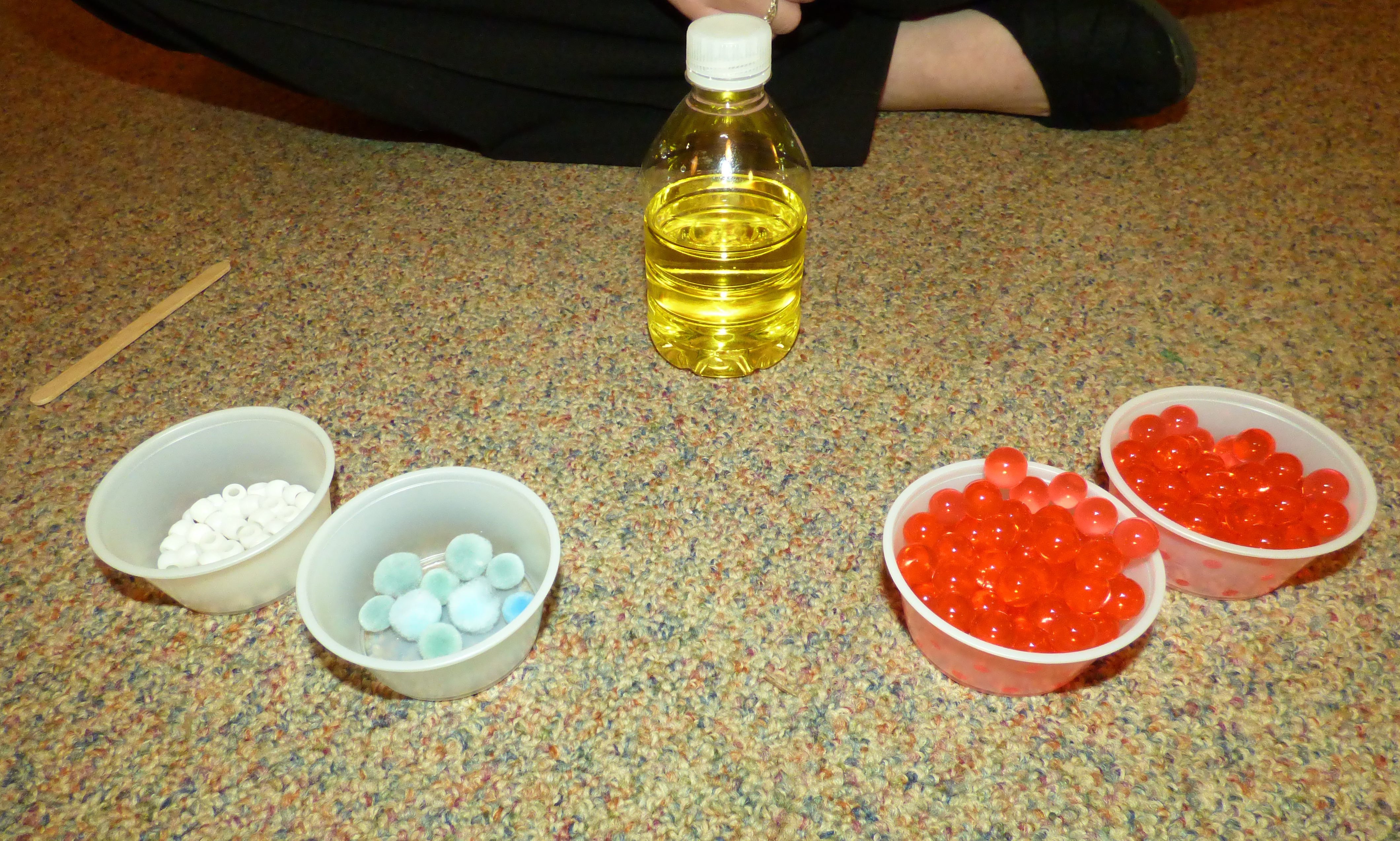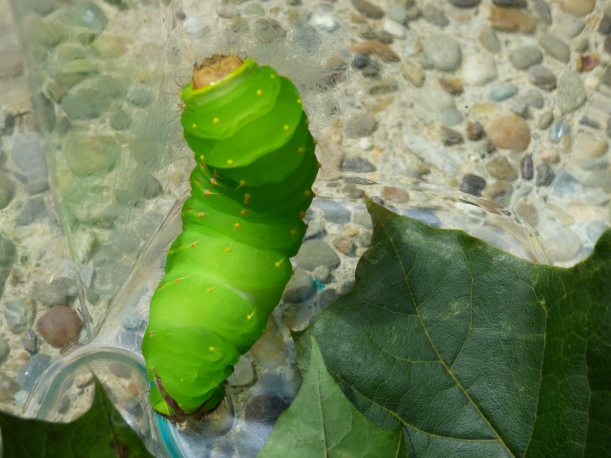Yesterday, we took a trip inside our blood to learn about it’s composition. We put our items in the middle of our circle and explained that each of these items represent something that lives in our blood. We started with the large container of yellow water, which we were pretending was our plasma. We explained that plasma is a watery like substance that makes up large portion of our blood. At first, some students were not sure how it could be in our blood because it was not red, which lead us to our second ingredient: red blood cells!
We then added our red blood cells (red water beads) to our blood mixture. The students noticed that the more we added the red blood cells, the more the mixture appeared to be red than yellow. Because of this observation, they concluded that our blood looks red because of red blood cells.
Next on the list were the white blood cells (white beads). We then discussed how our white blood cells are the “soldiers” of our bodies that are always working to keep us from getting sick and help your body get better when you do have a cold or the flu.
Lastly, we discussed how our blood needs platelets (blue pom-poms) because they help our bodies create new skin or scabs when your skin is cut. Each child scoured their bodies for an old boo boo that they could share with the class and naturally they all had an elaborate story to go along with them.
Now that our students have spent some time learning about the composition of our blood, it’s time to learn about how the blood moves throughout our bodies. Bring on the giant, tape, floor heart! Hint: here’s what it looked like last year!












